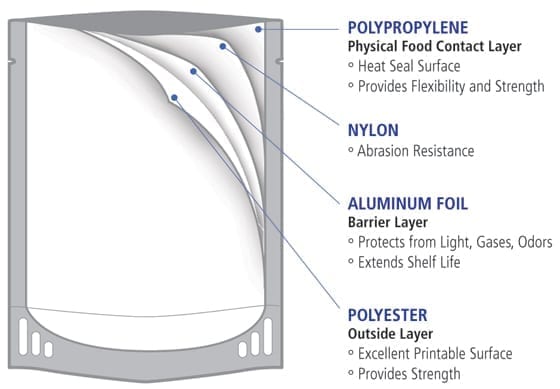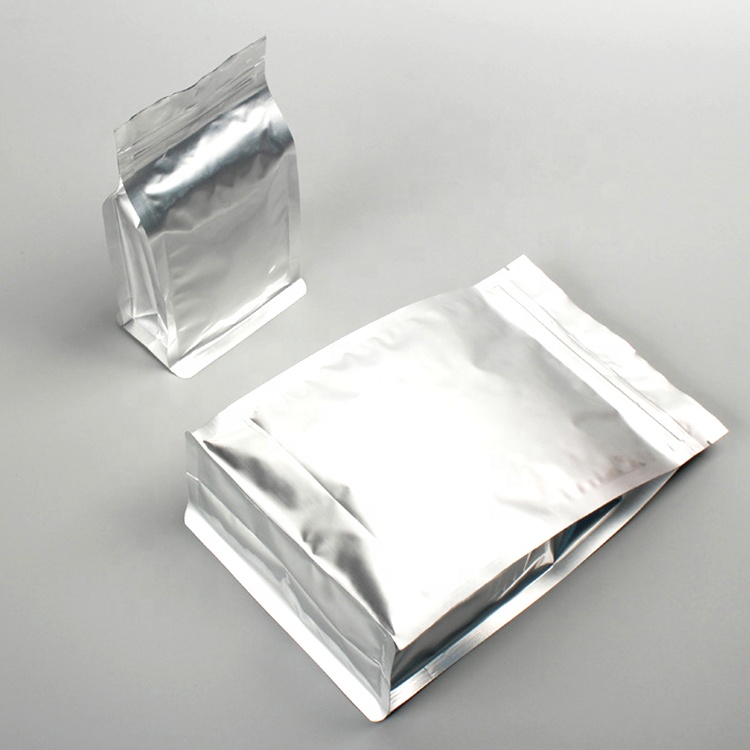There are a variety of problems that can arise in pet food packaging, and here are some of the most common ones along with their corresponding solutions:
Moisture and air leakage: This can lead to spoilage of the pet food and reduction of its shelf life. The solution is to use high-quality packaging materials such as laminated plastic or aluminum foil, which can provide a barrier against moisture and air.


Contamination: Contamination can happen during the manufacturing process or due to poor packaging materials. The solution is to use clean, high-quality packaging materials, and to ensure that the manufacturing process is conducted in a clean and hygienic environment.
Poor design: Packaging design can be ineffective and difficult to use, making it hard for customers to access the food or causing damage to the product. The solution is to design packaging that is user-friendly and easy to open, while also being durable and protective.
Size and weight issues: Packaging that is too large or too heavy can increase shipping costs and waste, while packaging that is too small can damage the product or make it difficult to store. The solution is to optimize the packaging size and weight, based on the specific product and market requirements.
Environmental concerns: Many pet owners are increasingly concerned about the environmental impact of packaging materials. The solution is to use eco-friendly packaging materials that can be recycled or biodegraded, and to adopt sustainable manufacturing and distribution practices.
Overall, effective pet food packaging requires careful consideration of various factors such as the product, market, and customer preferences, as well as the use of high-quality materials and sustainable practices.
Post time: Apr-15-2023







